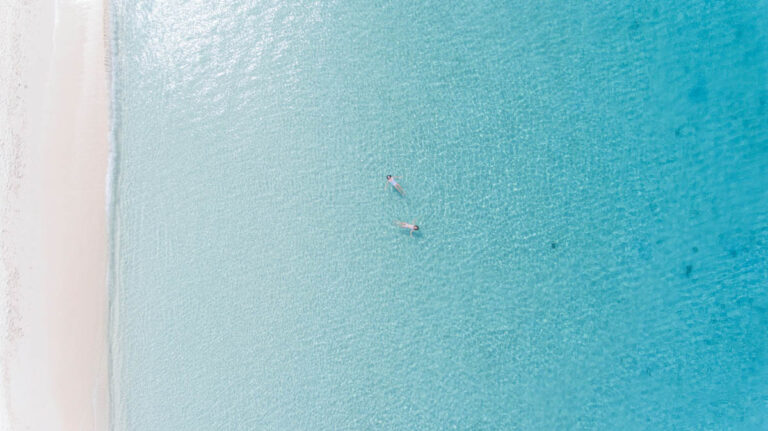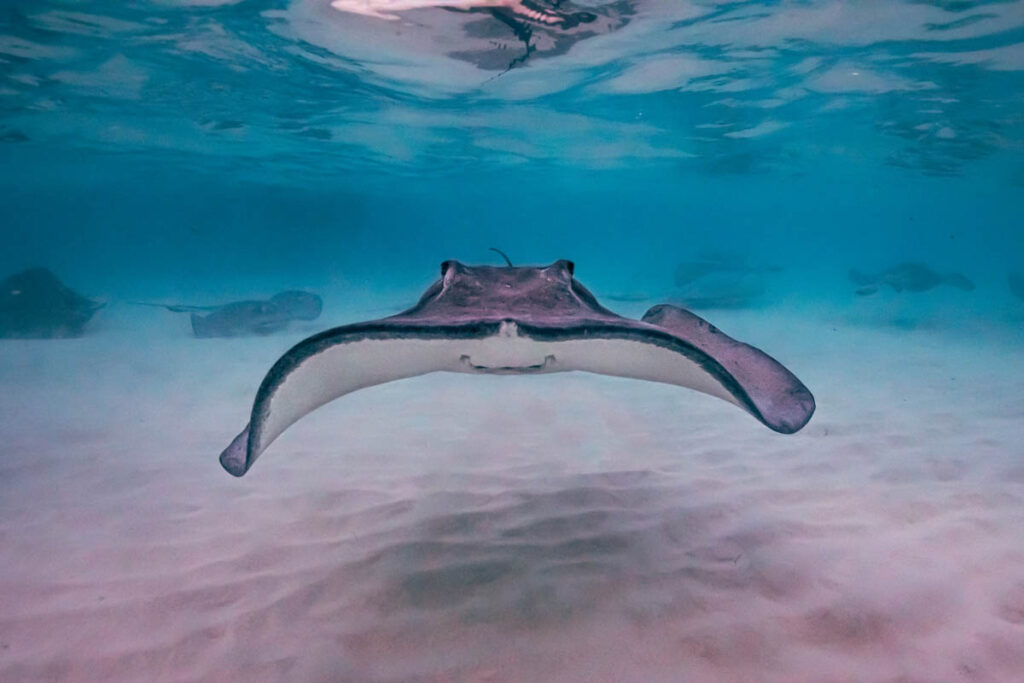As the northern hemisphere heads into spring and the south steps into autumn, there’s no better way to ease into the changing seasons than by heading to warm, sunny destinations that offer world-class scuba diving. From the Caribbean’s turquoise waters to the Great Barrier Reef’s vibrant coral gardens, these overseas hotspots promise not only sunshine but also unforgettable diving. Here are nine of the best warm-water diving destinations to celebrate the longer days or escape the chill of winter.
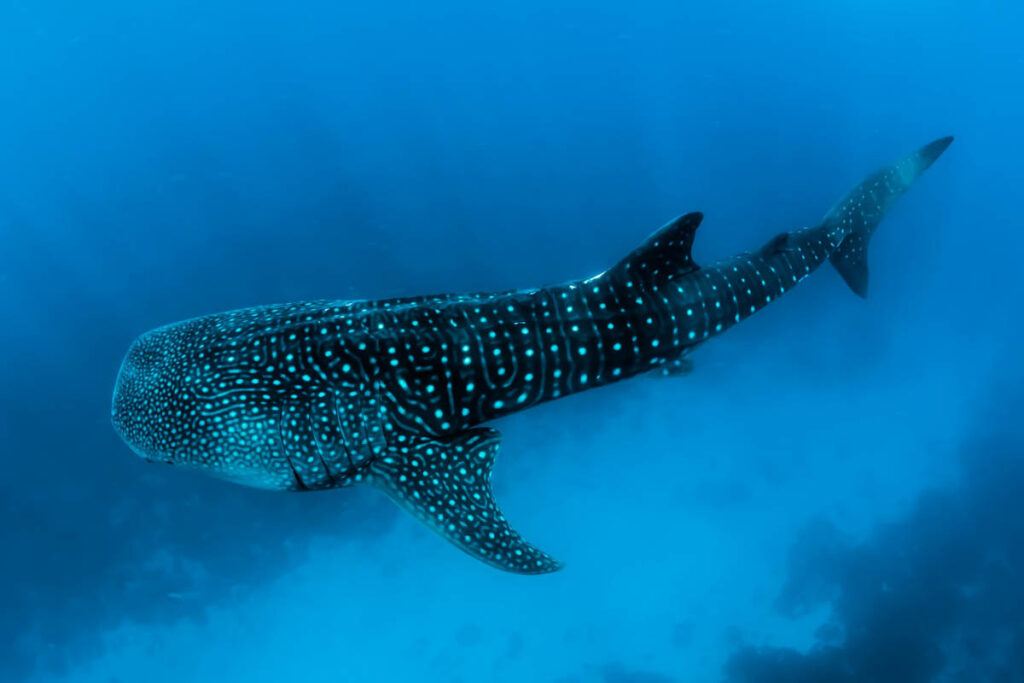
Cozumel, Mexico
Known for having some of the best drift dives in the world, diving in Cozumel offers clear, warm waters teeming with marine life and spectacular coral formations. Its vibrant reefs and laid-back island vibes make it an excellent destination for every diver.
Cozumel’s reefs are part of the Mesoamerican Barrier Reef, the second-largest barrier reef system in the world. Top sites include Palancar Reef, known for its swim-throughs and towering coral pinnacles, and Santa Rosa Wall, where dramatic drop-offs attract eagle rays, turtles, and nurse sharks. The winter months often bring encounters with numerous spotted eagle rays.
- Average water temperature: 26–29°C (79–84°F).
- Best time to dive: May to September for fewer crowds and great weather.
- Experience level needed: All experience levels. A drift diving certification can be helpful here.
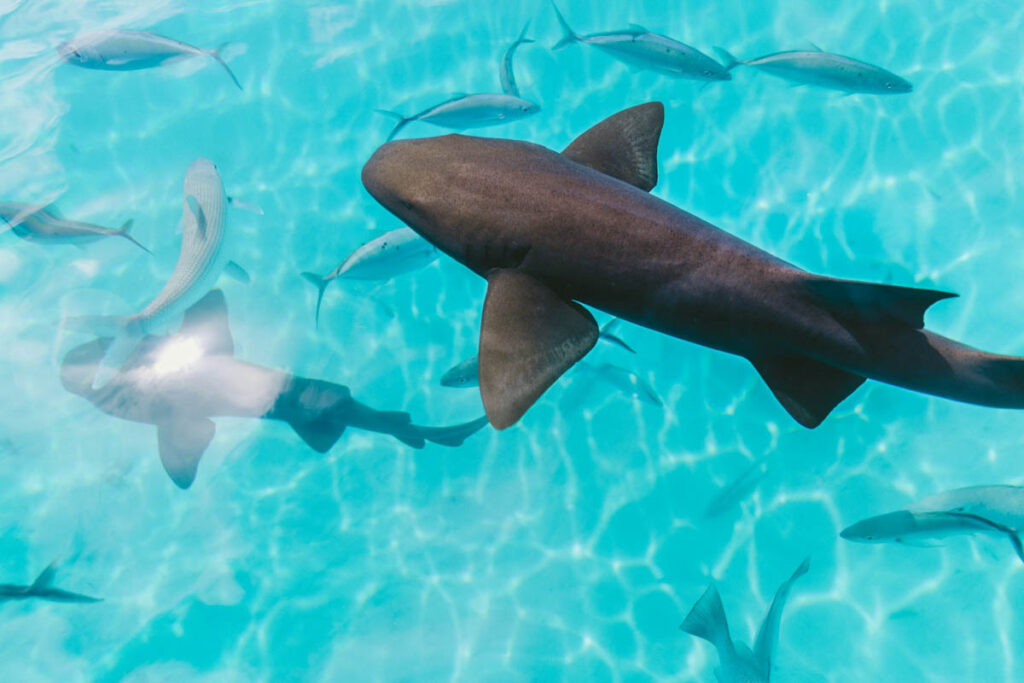
Belize Barrier Reef, Belize
Home to the UNESCO-listed Belize Barrier Reef, diving in Belize combines world-class coral reef diving with jungle adventures on land. The Great Blue Hole, a 124-meter-deep sinkhole, is the best-known draw for divers. Other standout sites like Turneffe Atoll and Hol Chan Marine Reserve are teeming with marine life, including nurse sharks, rays, and colorful reef fish. Winter is prime time for manatee sightings in nearby lagoons.
- Average water temperature: 26–28°C (79–82°F).
- Best time to dive: April to June for the best visibility.
- Experience level needed: All experience levels.
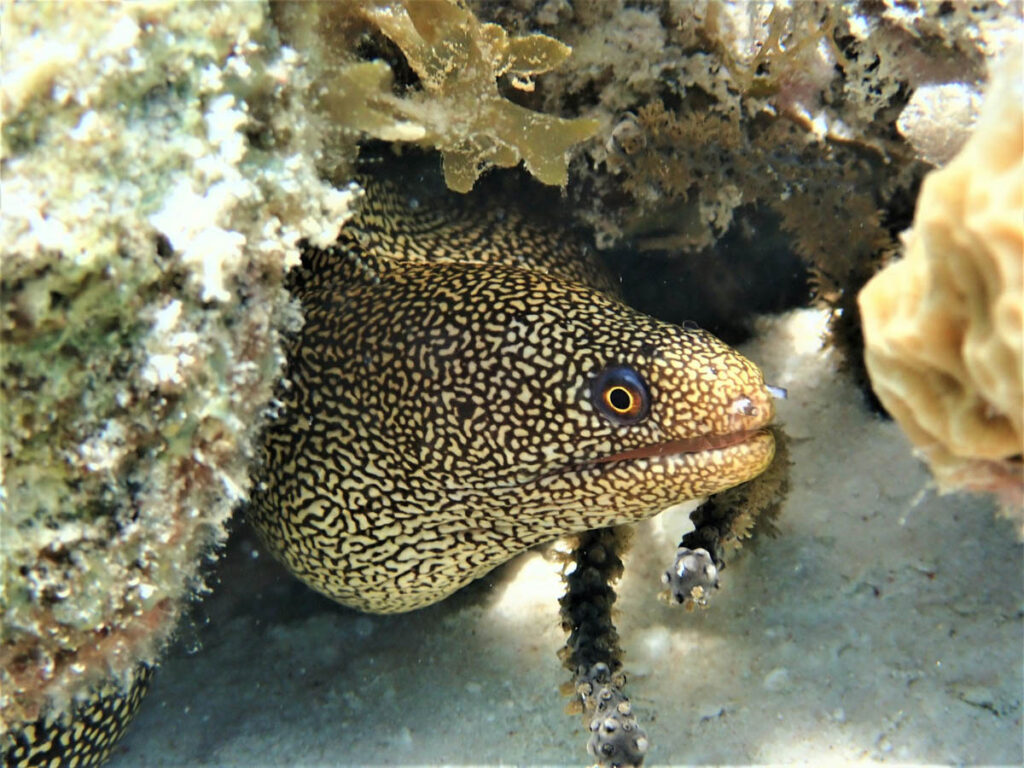
Photo by Keenan Novis on Unsplash
Bonaire, Caribbean Netherlands
Bonaire is a shore-diving mecca, with easy access to vibrant reefs just a few paces from the beaches. The clear, calm waters and Bonaire’s commitment to marine conservation make it a perennial favorite with divers. If you’ve just earned your diving license, this destination is a great choice for easy diving with excellent marine life.
Sites like Salt Pier and 1000 Steps offer diverse coral formations, reef fish, and macro critters like nudibranchs. Night diving is particularly rewarding, with glowing ostracods lighting up the reef. Bonaire’s waters are also protected, ensuring pristine conditions year-round.
- Average water temperature: 27–29°C (81–84°F).
- Best time to dive: Year-round, with May and June offering the best weather and fewer crowds.
- Experience level needed: All experience levels, including options for technical diving.
Cayman Islands
Crystal-clear waters, world-class dive sites, and white-sand beaches make diving in the Cayman Islands a quintessential Caribbean getaway. The Kittiwake Wreck off Grand Cayman is perfect for both Open Water and advanced divers. Bloody Bay Wall on Little Cayman offers jaw-dropping vertical drop-offs adorned with colorful coral and sponges. And don’t forget to swim with stingrays at the famous Stingray City.
- Average water temperature: 27–29°C (81–84°F).
- Best time to dive: December to April for the best conditions.
- Experience level needed: All experience levels.
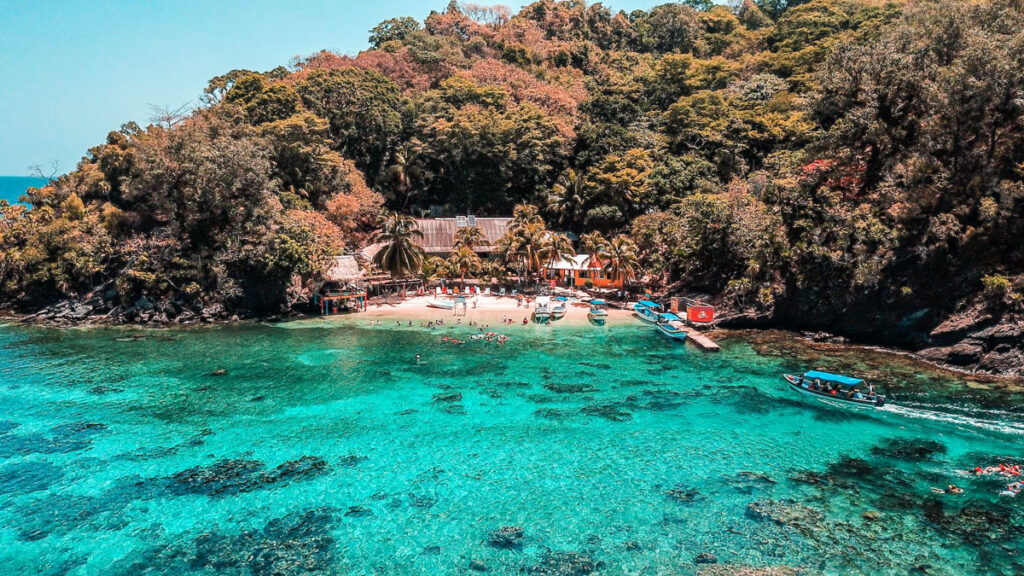
Photo by Carlos Zacapa on Unsplash
Utila, Honduras
Smaller and more laid-back than Roatán, Utila is a budget-friendly haven for divers and backpackers. It’s also one of the best places in the world to spot whale sharks year-round, with numbers peaking from February to May. Sites like the Halliburton Wreck offer great wreck dives, while the Black Hills Seamount showcases vibrant coral gardens and pelagic species like barracuda.
- Average water temperature: 26–29°C (79–84°F).
- Best time to dive: February to May for peak whale shark season.
- Experience level needed: All experience levels.
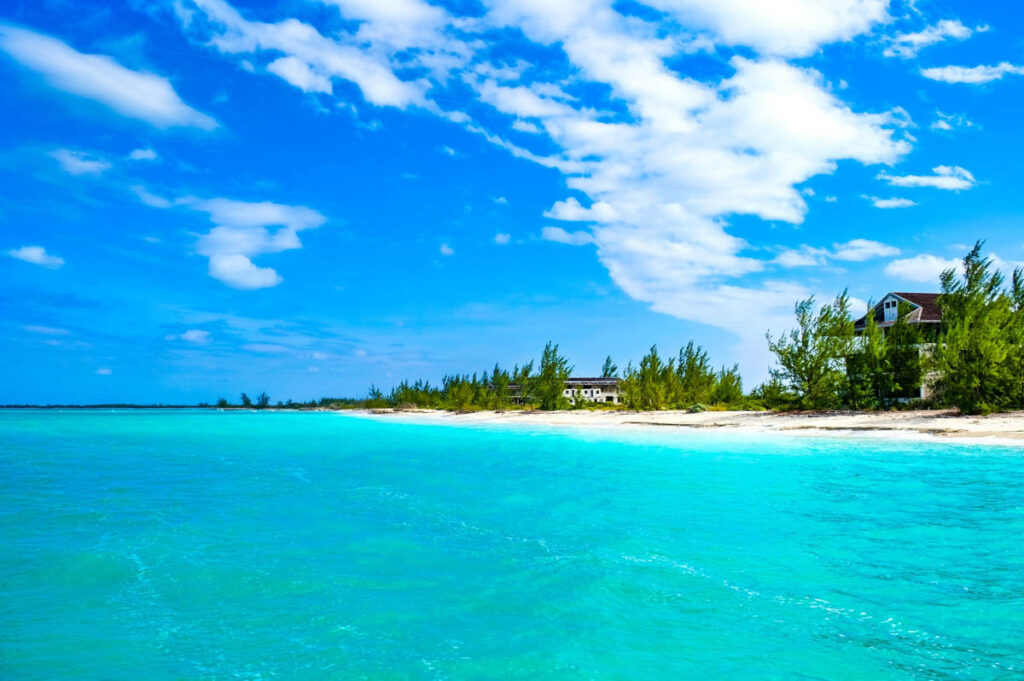
Photo by Nicole Keller on Unsplash
Turks and Caicos
Known for having luxurious resorts and turquoise waters, the diving in Turks and Caicos boasts some of the best wall diving in the Caribbean. The Grand Turk Wall drops dramatically into the abyss, with abundant marine life, including reef sharks, turtles, and eagle rays. West Caicos offers pristine coral reefs and excellent visibility, often exceeding 30 meters (100 feet).
- Average water temperature: 27–29°C (81–84°F).
- Best time to dive: January to March to spot humpback whales, dolphins, rays, and sea turtles.
- Experience level needed: All experience levels.
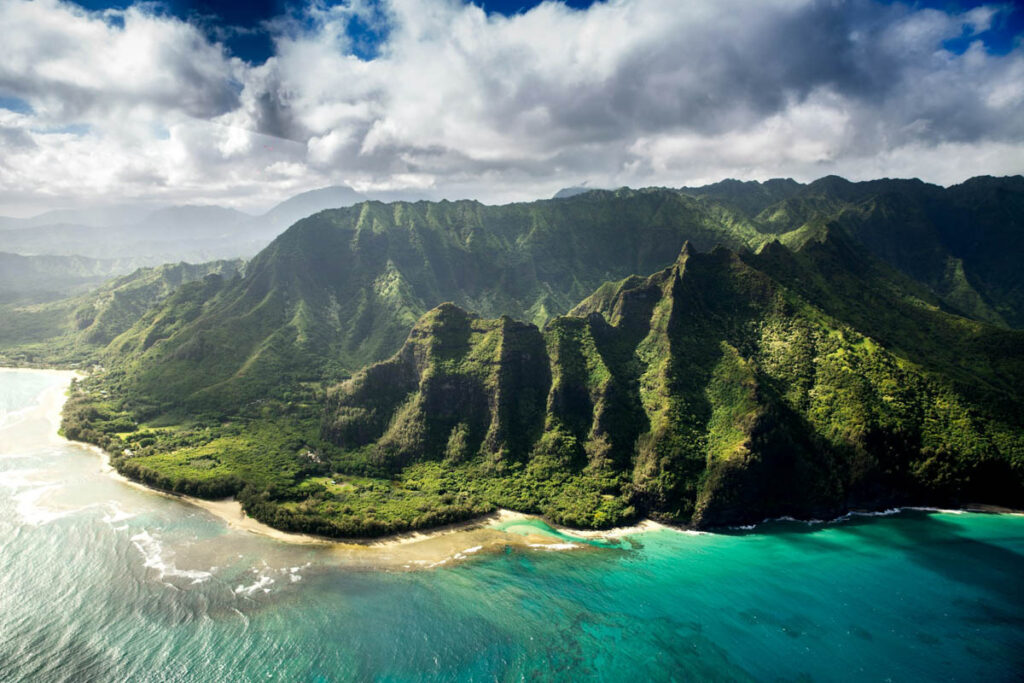
Maui, Hawaii
Combining tropical waters with dramatic volcanic landscapes, Maui is a fantastic choice for divers seeking both adventure and relaxation. Sites like Molokini Crater feature crystal-clear waters, stunning coral, and pelagic species such as manta rays and sharks. The winter months are perfect for spotting humpback whales, which migrate to Maui’s waters to breed.
- Average water temperature: 24–26°C (75–79°F).
- Best time to dive: All year. December to April for humpback whale sightings.
- Experience level needed: All experience levels.
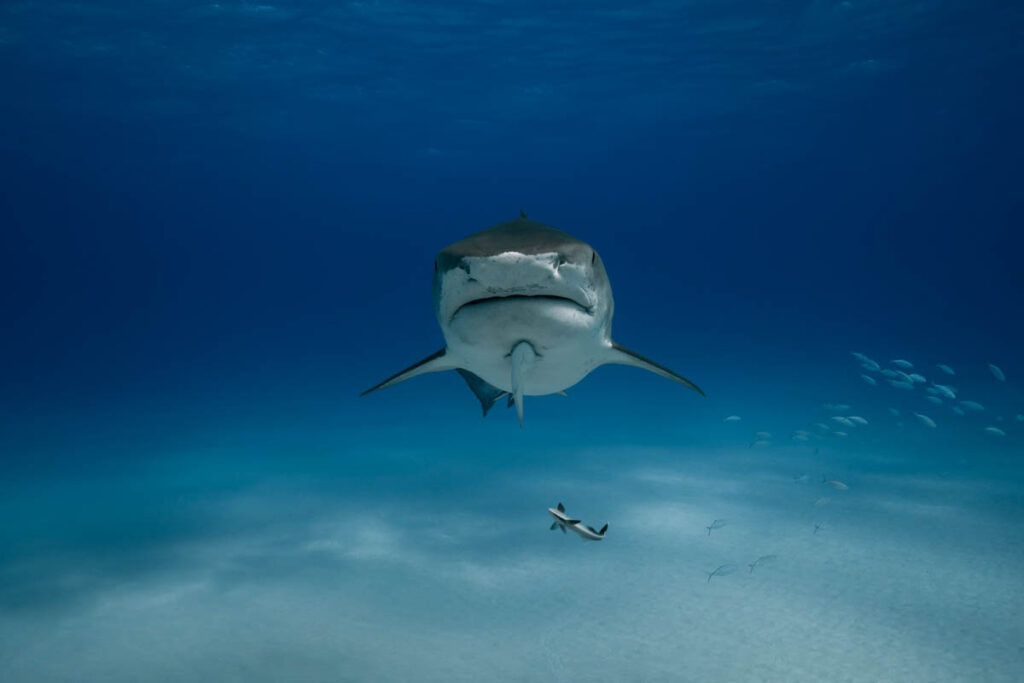
The Bahamas
With hundreds of white-sand islands and cays, the Bahamas offers diverse diving experiences, from vibrant reefs to exhilarating shark dives. Head to Tiger Beach for close encounters with tiger sharks, Bimini for diving with great hammerhead sharks, or explore the dramatic blue holes of Andros. The reefs of the Exuma Cays boast healthy corals and numerous tropical fish.
- Average water temperature: 25–28°C (77–82°F).
- Best time to dive: November to May for the dry season and peak shark diving season.
- Experience level needed: All experience levels.
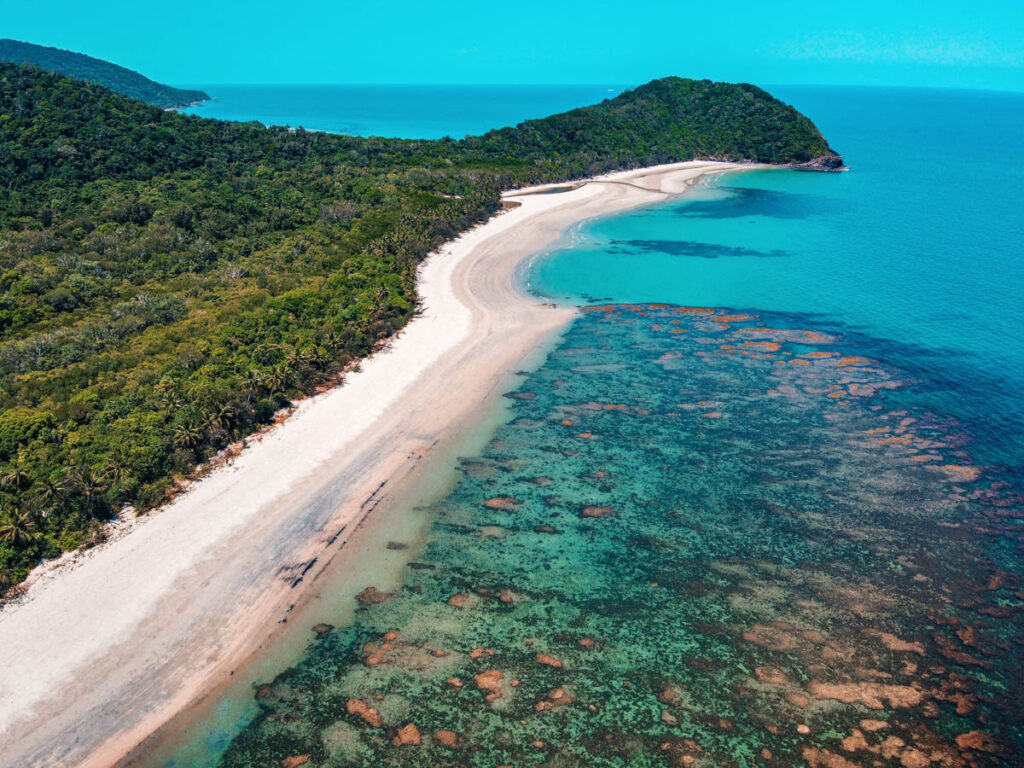
Photo by Manny Moreno on Unsplash
The Great Barrier Reef, Australia
For those willing to travel further afield, the Great Barrier Reef offers one of the most iconic diving experiences in the world. Like other destinations, it has suffered from coral bleaching events, but the outer reefs still offer fantastic diving.
Sites like Ribbon Reefs and Osprey Reef are famous for their biodiversity, including reef sharks, giant clams, and vibrant coral gardens. The reef’s warm waters are home to playful dwarf minke whales and humpback whales during the winter months.
- Average water temperature: 25–29°C (77–84°F).
- Best time to dive: June to November for whale season.
- Experience level needed: All experience levels.



